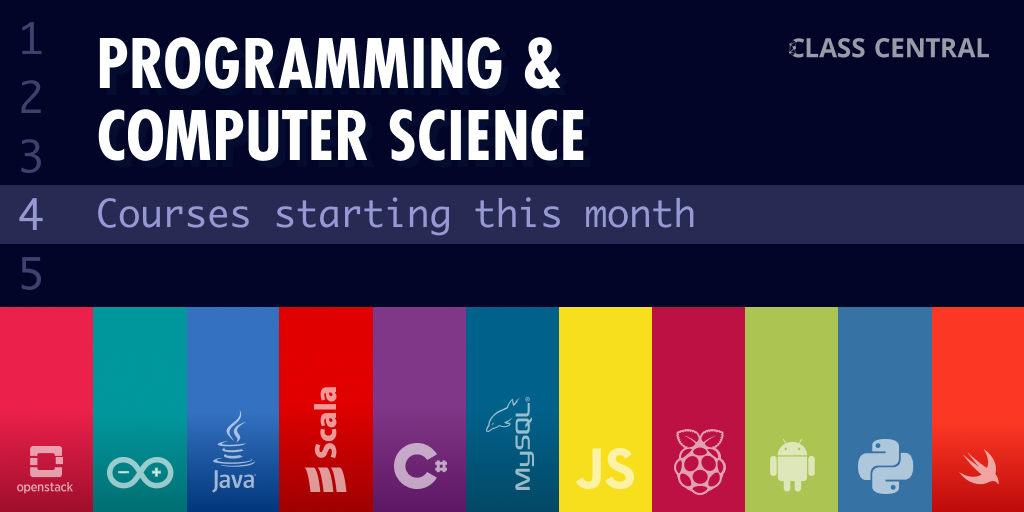
Pin configurations of all the components. Pin numbering starts from 1 and from the bottom left corner(indicating with the circle) and increases anticlockwise.
Bit switch: it gives 1/0 input, it toggels its value with a double click. Bit display: it displays a single bit value. 
COMPUTER ORGANIZATION AND ARCHITECTURE ONLINE COURSE SIMULATOR
Digital display: it can be used to give input and as well as to see the output in the decimal format, its right most terminal is the LSB(least significant bit) and the left most terminal is the MSB(most significant bit), in the editor after selecting a particular digital display you can use 'Increment LED' and 'Decrement LED' buttons in the top left corner of the simulator to increment and decrement its value respectively. As the automated clock is under development and the simulator is under modification for sequencial circuits, for the time being please use individual clock(Bit switch which toggle its value with a double click) for each flipflop.ĭescription of Components: General components:. Open and Save options are under development. If needed select any component in the editor while designing your circuit and use Undo, Redo, Delete, Zoom in, Zoom out buttons to get corresponding functionalities. To move any components select the Selection Mode and drag the component after selecting it. After the connection is over click the selection tool in the pallete. To connect any two components select the Connection tool in the palette, and then click on the Source terminal and click on the target terminal(no drag and drop, simple click will serve the purpose). The pin configuration of a component is shown whenever the mouse is hovered on any canned component of the palette. To add the components to the editor select any component(first click on the selection tool then click on the desired compoent) then finally click on the position of the editor window where you want to add the component. Other Components- contains different kinds of components like decoders, multiplexers, arithmetic logic units(ALU), memory elements(RAM cell) required to design combinational circuits. Sequential ckt- contains basic flipflops for designing sequential circuits. 
Adders- contains different types of adder circuits.Display and inputs- contains all kinds of component needed to give input to the circuit and displaying outputs of the circuit.Logic gates- contains all kinds of basic logic gates.Circuits- contains 8 and 16 terminal circuits and flow container which can hold other circuit components.The area under every drawer is scrallable, if you are unable to see all the components in a particular drawer just click on the area and scroll. Components have been catagorized according to their functionality and put into different drawers in the pallete.Connection tool- used for connecting components.Marquee tool- used for selecting many components at a time by draggiung the mouse in the design area(editor).Selection tool- used for selecting components.Tools are used to act up on the components. This pallete contains all the components and tools.

The simulator contains a pallete on the right hand side.Helps to standardize the set of Experiments to a large extent.Expert help is required to effectively use these FPGA boards and such help can be easily channeled through a virtual environment.Even when such FPGA boards are available, making them available round the clock is difficult.Many colleges/institutes cannot procure sufficient number of FPGA boards for their students.
 Digital Logic and Computer Organization are core courses in most of the Undergraduate Curricula of the entire Electrical Sciences Discipline(Computer Science / Engg., Electronics, Electrical) etc. The Objective is to Expose the students to the various key aspects of Digital Logic and Computer Organization by enabling them to perform FPGA based prototyping of experiments with support of a virtual environment. It consists of domain-dependent simulation programs, experimental units called objects that encompass data files, tools that operate on the objects. The Virtual Laboratory is an interactive environment for creating and conducting simulated experiments: a playground for experimentation. Welcome to Logic Design and Computer Organization Virtual Lab
Digital Logic and Computer Organization are core courses in most of the Undergraduate Curricula of the entire Electrical Sciences Discipline(Computer Science / Engg., Electronics, Electrical) etc. The Objective is to Expose the students to the various key aspects of Digital Logic and Computer Organization by enabling them to perform FPGA based prototyping of experiments with support of a virtual environment. It consists of domain-dependent simulation programs, experimental units called objects that encompass data files, tools that operate on the objects. The Virtual Laboratory is an interactive environment for creating and conducting simulated experiments: a playground for experimentation. Welcome to Logic Design and Computer Organization Virtual Lab








 0 kommentar(er)
0 kommentar(er)
